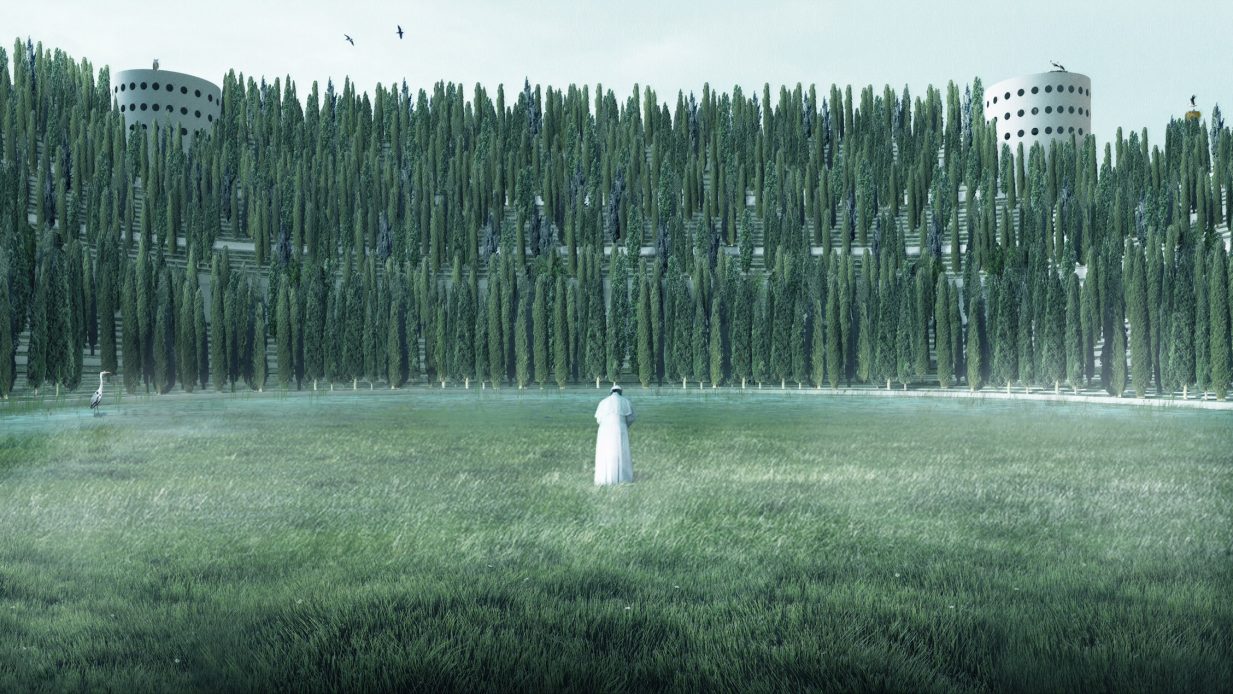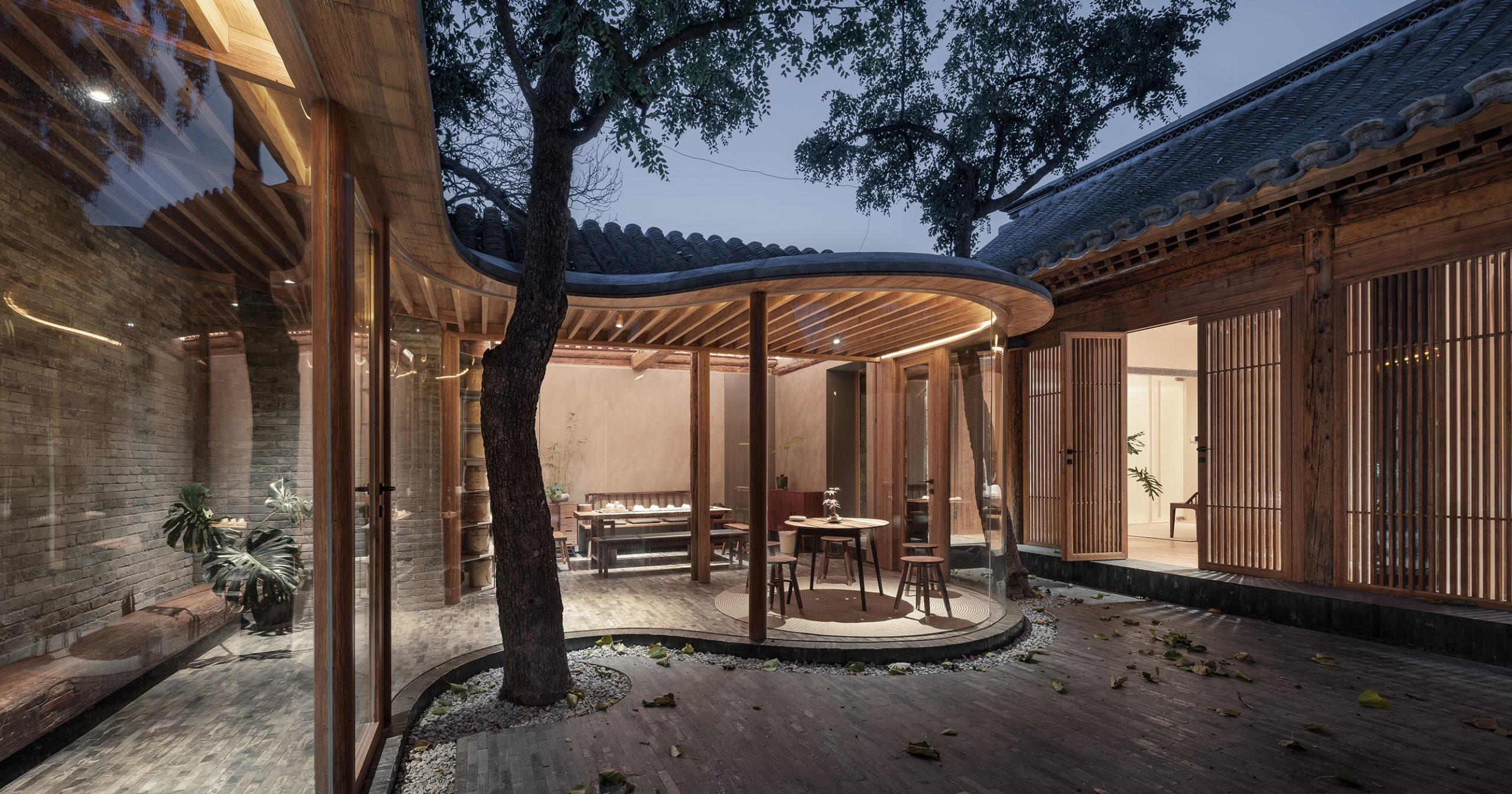The coronavirus pandemic is an ongoing global crisis. While case numbers have declined in certain parts of the world, they are spiking dramatically in others. All across the globe, national governments are bracing themselves for a second wave of infections, hoping that new protocols for contact tracing and social distancing will allow them to contain the spread until an effective vaccine becomes available.
In this situation, the idea of a coronavirus memorial might seem premature. The pandemic, one could argue, does not yet belong to history, but to the present.
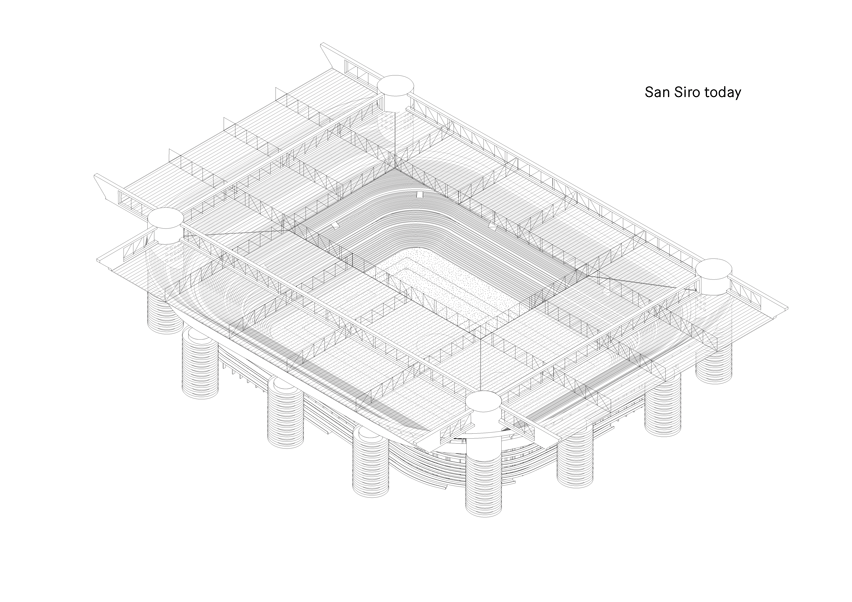
Italian architect Angelo Renna sees things differently. In early July, he proposed a coronavirus memorial for his home country, which has lost a staggering 35,000 people to the virus, most of whom died during the early months of pandemic.
Renna’s scheme would see Milan’s iconic football stadium, San Siro, transformed into a massive cypress forest where mourners could pay tribute to their lost loved ones. Milan was an epicenter of the virus in the early months of the pandemic, so the location of the memorial here is significant.

Built in 1926 and massively updated for the 1990 World Cup, San Siro is one of Milan’s most famous buildings as well as the largest football stadium in Italy. Nevertheless, the stadium is slated for demolition, as the football clubs AC Milan and Inter Milan move forward with plans to build a larger, more modern stadium nearby. Renna believes that the opportunity to preserve the stadium is an important advantage of his proposal.
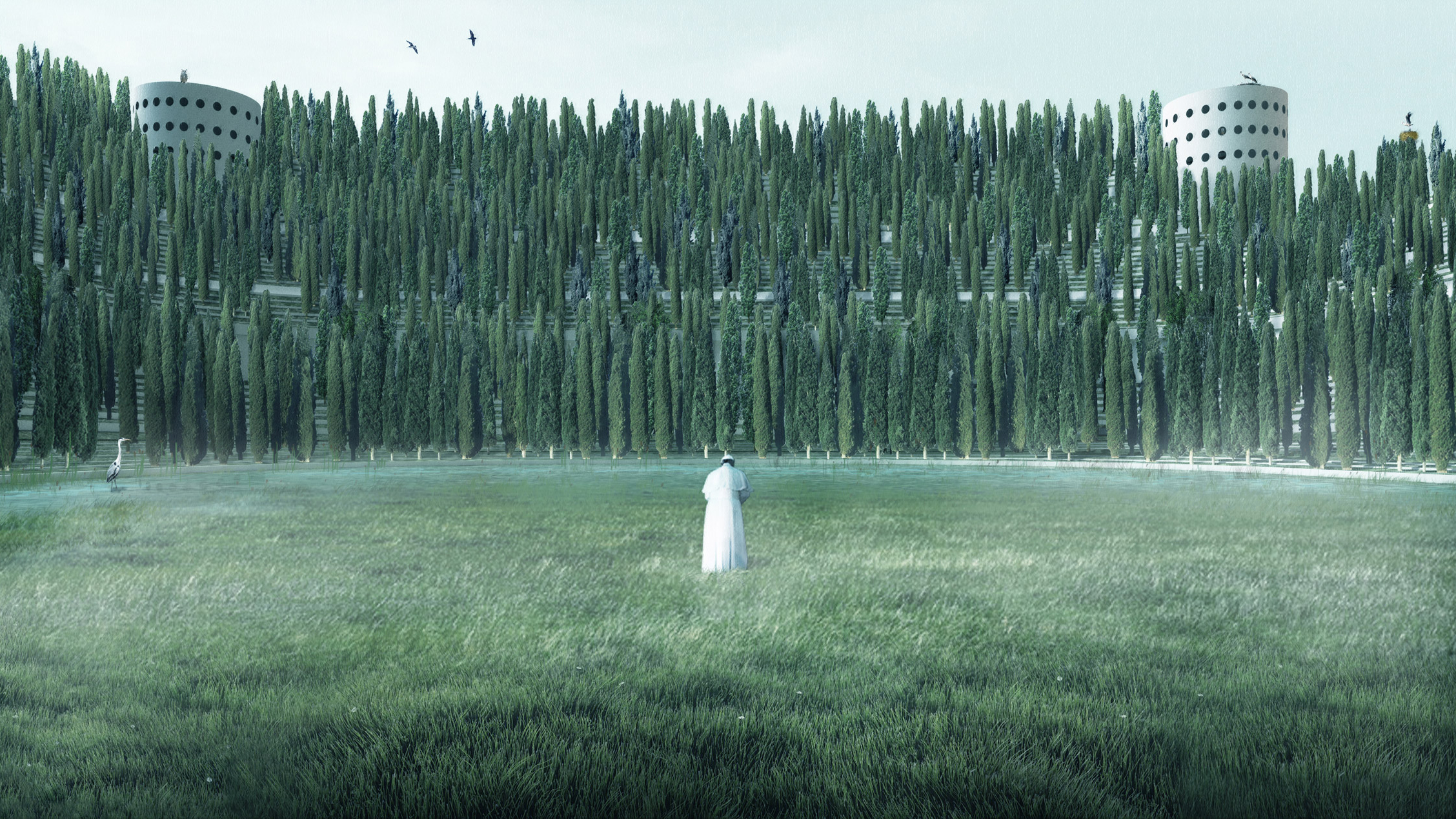
“My proposal involves the transformation of the existing stadium into something completely different from its current use so that we can give this place a new identity – a second life,” said Renna. “Maintaining the body by modifying its use. It may seem like a contrasting choice, but I personally see it more as an opportunity to create something unique and special for those people who have lost their beloved ones.”
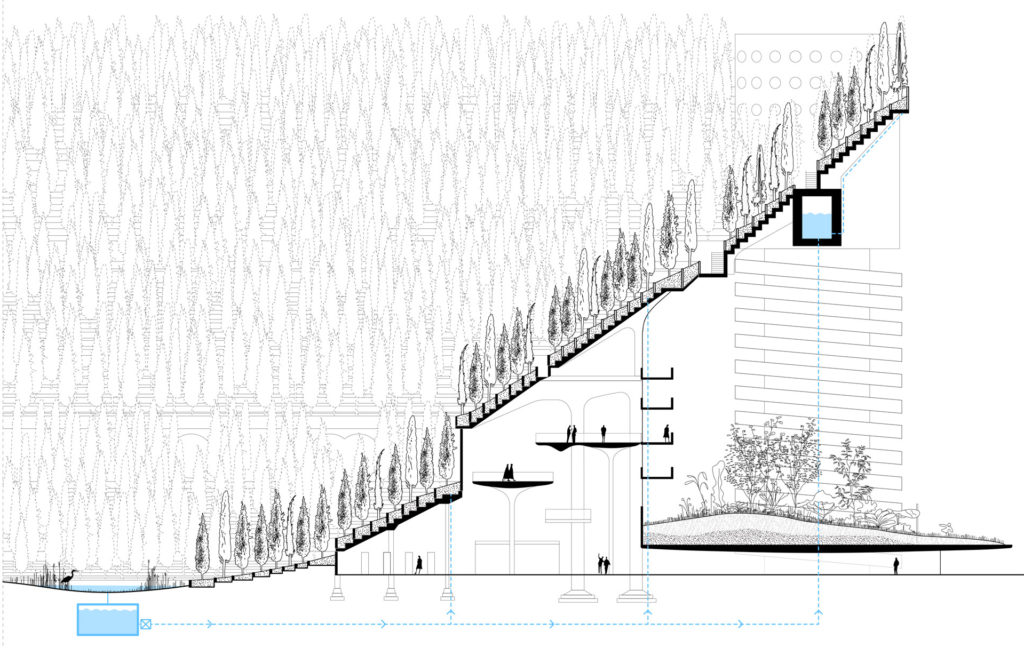
The first step in the plan involves removing the stadium’s roof and taking out the seating. The stands would then be covered with earth, in which 35,000 cypress trees would be planted, reflecting the approximate number of lives that have been lost to coronavirus in Italy. The central area, where the football field once was, will be a grassy area where visitors can wander.
“The cypress is a common ornamental tree cultivated for millennia throughout the whole Mediterranean region,” Renna explained.
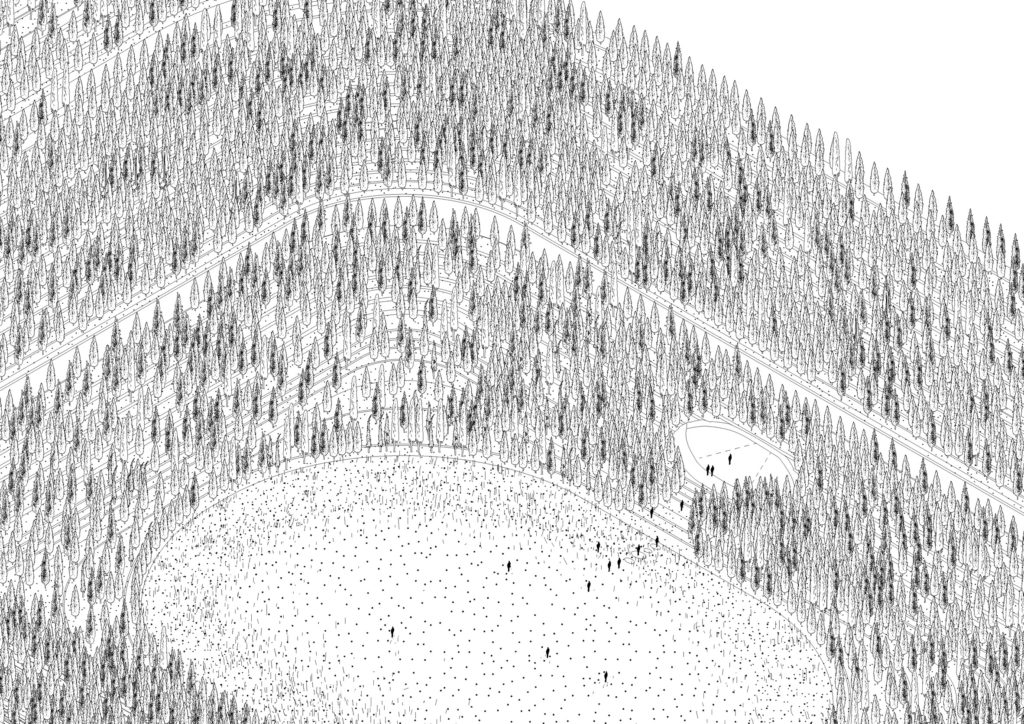
“The dark green vertical shape of these trees is a highly characteristic signature of cemeteries and sacred spaces, like a symbol of immortality, emblem of life after death,” he continued. “The cypress is also a tree that thanks to its intricate and thick crown provide habitat for many birds, dormice, squirrels, lizards, and many other animals.”
Renna’s idea to create a monument that is also a living forest is compelling. And situating this forest within the husk of a building that already has meaning for the people of Milan adds another interesting layer. Rather than create a monument with a fixed identity—such as a statue—he is proposing one that will exist in a state of flux and change.
The concept of a memorial that is a living, changing entity echoes ideas put forward by the philosopher Jacque Derrida on the subject of mourning. For Derrida, the mourning process does not have a fixed beginning or end. Rather, people begin to mourn—or process loss—even before the loss occurs, as they acknowledge that the people they value most will someday pass away.
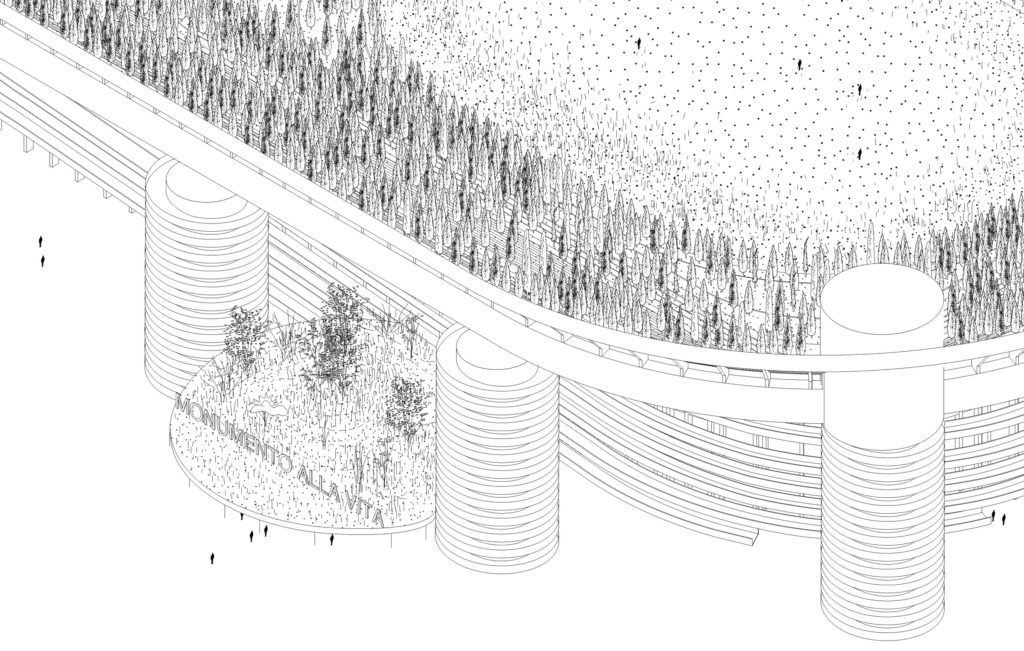
The anticipation of future losses is a key part of what Derrida called “the work of mourning,” which he saw as a constitutive part of the human experience. As humans, we must cope with the possibility of loss even as we process the losses we have already endured. There is never a moment of pure rest and contemplation; “the work of mourning” is performed in the flux of life.
As Derrida would say, we have a “responsibility to mourn” the victims of coronavirus, even while we are preparing to battle the virus in the future. Renna’s memorial, and the timing of his proposal, seems to embody this sentiment. It will be interesting to see if it comes to fruition.
All images courtesy of Dezeen.
